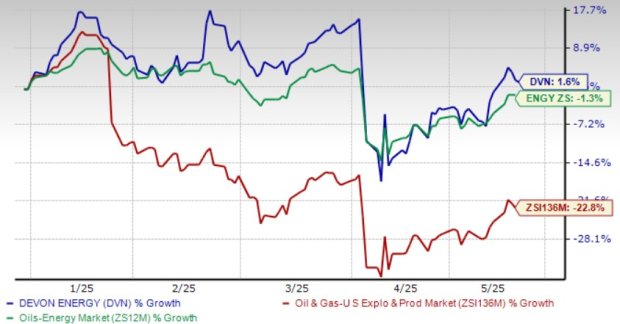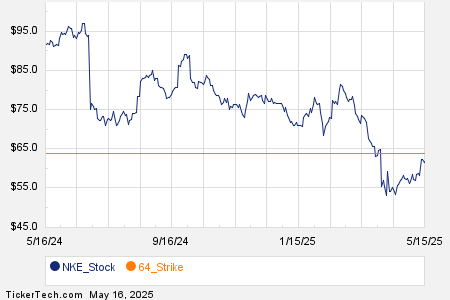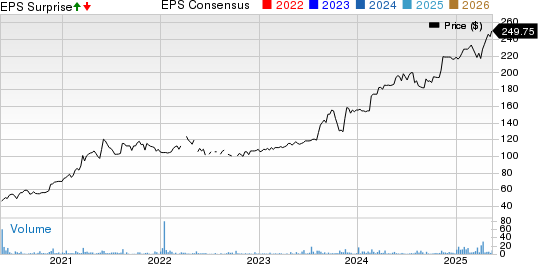Coffee Prices Decline as Supply and Demand Dynamics Shift
On Friday, July arabica coffee (KCN25) closed down by -9.35 cents, or -2.49%, while July ICE robusta coffee (RMN25) fell by -106 points, or -2.13%. The market experienced a sharp decline in coffee prices, with robusta reaching a five-week low.
Supply Increases Pressure Prices
Recent reports indicate that coffee supplies are expanding, exerting downward pressure on prices. According to Safras Mercado, as of May 13, Brazil’s coffee sales for the 2024/25 season were 97% completed, exceeding last year’s 94% completion rate at the same time.
Rising coffee inventories are adding to the bearish outlook. ICE-monitored robusta coffee inventories climbed to a seven-and-a-half-month high of 4,890 lots, while ICE-monitored arabica coffee inventories rose to a three-month high of 851,169 bags on Friday.
Demand Concerns Impact Price Expectations
Demand-related issues are contributing negatively to coffee prices. Major commodity importers like Starbucks, Hershey, and Mondelez International have expressed concerns about the U.S. baseline 10% tariff on imports, anticipating increased prices that may further burden sales volumes.
Recent Production Forecasts
On Thursday, arabica coffee reached a three-week low due to indications of larger global supplies. Last week, the USDA forecasted coffee production in Honduras, Central America’s largest coffee exporter, could rise by 5.1% year-over-year, reaching 5.8 million bags for the 2025/26 season. Moreover, Safras & Mercado updated Brazil’s coffee production estimate for 2025/26 to 65.51 million bags, up from a previous estimate of 62.45 million bags. Conab, Brazil’s national crop forecasting agency, also raised its estimate from 51.81 million bags to 55.7 million bags.
Potential Price Support from Export Declines
On a positive note, smaller coffee exports from Brazil may offer some support to prices. Cecafe reported that Brazil’s green coffee exports in April fell 28% year-over-year to 3.05 million bags, while exports from January to April dropped 15.5% year-over-year to 13.186 million bags.
Weather Conditions and Their Impact
Arabica prices found some support due to inadequate rainfall in Brazil last week. Somar Meteorologia noted that Brazil’s primary arabica-growing region, Minas Gerais, received just 0.8 mm of rain, approximately 16% of the historical average for that period.
Robusta Coffee Supply Concerns
Robusta coffee gained support last Tuesday when Vietnam’s National Statistics Office announced that its coffee exports from January to April 2025 were down 9.8% year-over-year, totaling 663,000 metric tons. A decline in robusta production in Vietnam has been noted, as drought conditions have caused a 20% decrease in production for the 2023/24 crop year, yielding just 1.472 million metric tons. Additionally, the Vietnam General Statistics Office reported a 17.1% year-over-year drop in coffee exports for 2024, totaling 1.35 million metric tons.
Long-Term Production Outlook
The USDA’s December 18 report presented mixed signals for coffee prices. It forecast world coffee production in 2024/25 would rise by 4.0% year-over-year to 174.855 million bags, with arabica production increasing by 1.5% to 97.845 million bags and robusta production rising by 7.5% to 77.01 million bags. Ending stocks for 2024/25 are projected to decline by 6.6% to 20.867 million bags, a 25-year low. Separately, the USDA projected coffee production in Brazil for 2024/25 at 66.4 million bags, lower than its previous forecast of 69.9 million bags.
For the 2025/26 marketing year, Volcafe adjusted its Brazil arabica coffee production estimate downward to 34.4 million bags, a reduction of about 11 million bags from the earlier estimate. Volcafe anticipates a global arabica coffee deficit of 8.5 million bags for 2025/26, which would be the fifth consecutive year of deficits.
On the date of publication, Rich Asplund did not hold any positions in any of the securities mentioned in this article. All information is intended solely for informational purposes. For more details, please view the Barchart Disclosure Policy.
The views expressed herein are those of the author and do not necessarily reflect those of Nasdaq, Inc.



